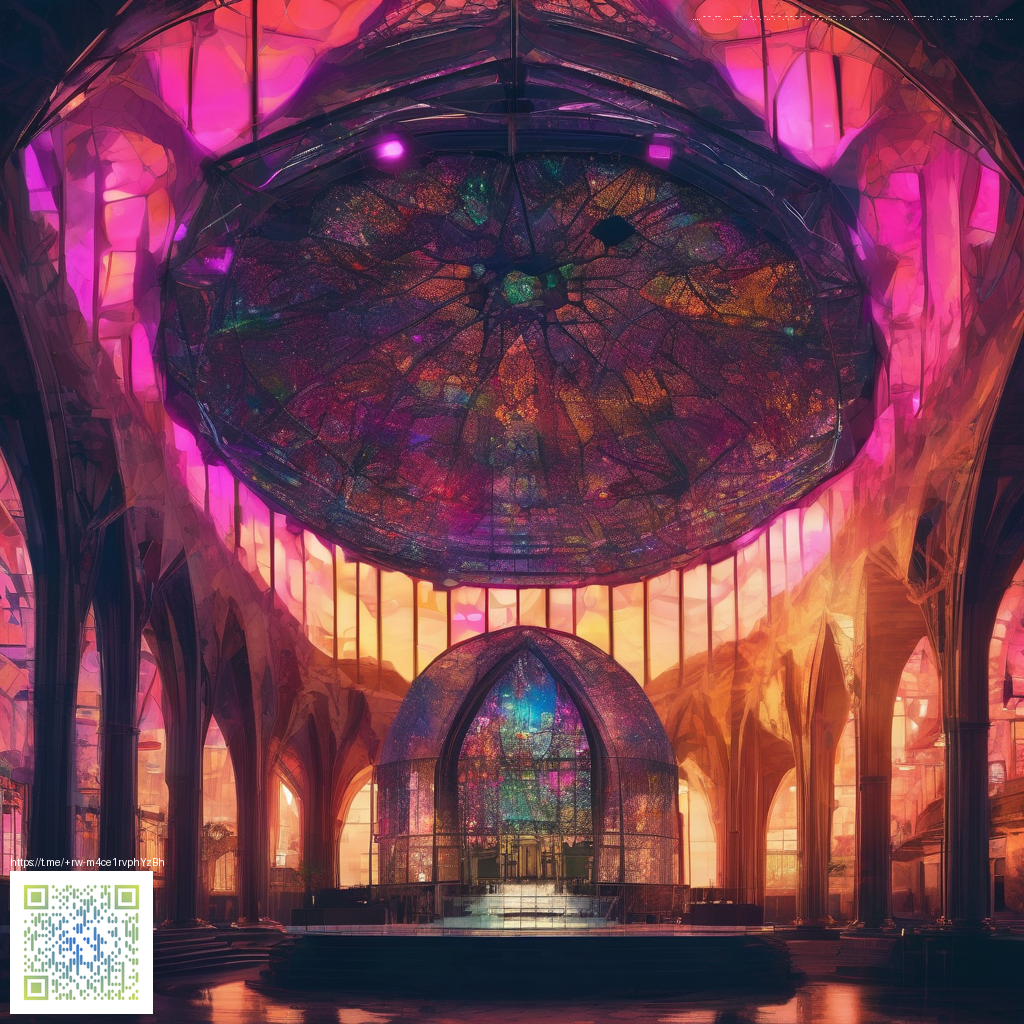
Using Lime Glazed Terracotta With OptiFine Shaders
Lime glazed terracotta is a bold choice for bold builds. Its pastel lime hue pops when you pair it with the depth and glow of OptiFine shader packs. In modern Java Edition play, this block combines clean geometric surfaces with shader enhanced lighting to make mosaics and paneling feel alive. The combination works well for modern homes, temple ruins, and playful voxel art that shines as you walk around a structure.
OptiFine shaders bring out two critical aspects of lime glazed terracotta. First is the surface finish that reflects light in a soft, almost porcelain like way. Second is the color depth which shifts subtly as you move around the block. If you are building with a tiled mural or a decorative wall, watch how the tile edges catch highlights when sun or torchlight hits the facade. The result is a tactile feel that guides the eye across a design and invites closer inspection 🧱.
Understanding the block under shader lighting
The lime glazed terracotta block is non transparent with a flat surface that reads clearly in most shader setups. In the game data it carries a facing state that can be north south east or west. This matters when you lay out a repeating pattern on a wall or floor. By rotating the blocks to face the same direction, you can create sleek linear textures that read as a single plane even at a distance. Small choices like this can transform a plain wall into a dynamic piece of architecture under shader lighting.
With a consistent facing direction you can craft subtle stripes or checkerboard motifs that glow differently as you walk a path. In densely lit builds you may want to keep the facing aligned to emphasize symmetry. If you want a more organic look, mix orientation in a controlled way to break the repetition yet preserve cohesion. The key is testing light angles in your shader pack to see how reflections travel across the surface.
Practical building tips for dynamic results
- Pair lime glazed terracotta with darker tones like dark prismarine or black concrete for bold contrast that remains readable under shadows.
- Use the four facing directions to craft a diagonal or offset pattern along a long corridor or stairwell wall.
- Lay out a large panel as a color field and outline its edges with lighter blocks to catch specular highlights in shader packs.
- Combine lime glaze with white glazed terracotta to create high contrast mosaics that feel crisp and modern.
- Place the blocks on floors and low walls to guide players visually, especially in immersive builds that rely on lighting cues.
Tip from builders who love shaders says the first moment you see lime glaze catch a beam of light is the moment you know the texture has depth. Don’t be afraid to experiment with different tile arrangements and lighting angles to find your signature look 🧭.
Technical tricks and shader friendly setup
When you are setting up a shader pack for lime glazed terracotta, start with moderate bloom and ambient occlusion to keep the color readable. Too much bloom can wash out the lime tone, while too little AO makes the join lines seem harsh. Aiming for a balanced edge highlight helps the tile seams remain visible without breaking the gentle gradient the shader provides. If you are using resource packs that alter textures, make sure the lime glaze remains vivid across lighting conditions.
If you are embedding lime glazed sections in a larger mosaic, consider alternating tile orientation in a controlled sequence to create subtle wave patterns. This keeps the pattern engaging as players move around a structure rather than seeing a static image from every angle. The facing state gives you freedom to arrange the tiles in ways that feel intentional and crafted rather than random crafts.
Modding culture and community ideas
shader enthusiasts often push the visual potential of fixed color blocks like lime glazed terracotta. You will find community driven texture packs and shader presets that specifically highlight glazed tiles under different lighting conditions. For builders who enjoy sharing progress, a short write up on how you oriented facing blocks for a wall design can inspire others to replicate or remix your approach. Sharing screenshots and shader settings helps the wider community learn techniques that improve both form and performance. 🌟
Putting it all together in a scene
Imagine a sunlit atrium with lime glazed panels forming a bold geometric pattern along the walls. As the sun shifts or a torch is lit, the glaze reflects a gentle glow that adds depth to the tiles. Pair this with brick or timber accents to soften the modern vibe or keep it crisp with stone and concrete elements. The finishing touch is to tune the shader settings so the lime hue remains lively without overpowering the surrounding textures. It is this balance that makes lime glazed terracotta a favorite for creators who crave clarity and charm in visual storytelling 🧩.
Spec sheet quick note
Block id 667 lime_glazed_terracotta with hardness and resistance tuned for typical mining yields. The block drops a standard resource and possesses a standard facing state that supports multiple orientations. For builders planning large scale installations, this means reliable placement and predictable tiling that can scale across a build without losing visual impact.
Ready to support the open Minecraft community and keep projects thriving across the globe
Support Our Minecraft Projects